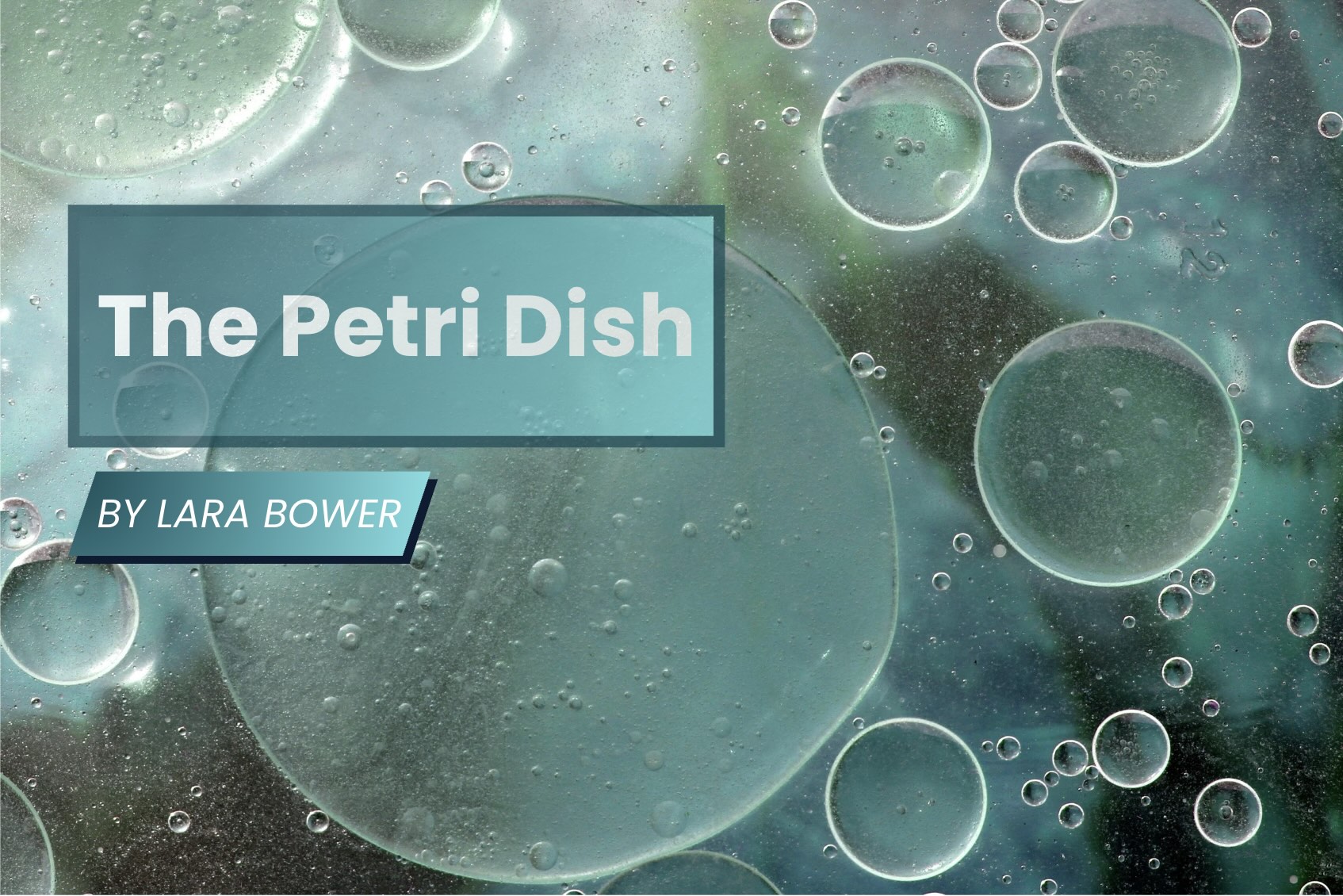The Petri Dish – Through the looking glass: The case for mirror life
Hold your hands out in front of you, with your palms facing upwards. Notice how your hands are mirror images of each other? Therefore, if you then place them one on top of the other, they will not overlap perfectly (they are considered ‘non-superimposable’). These conditions are what defines a ‘chiral’ molecule, and this is the science behind the ‘unprecedented risk’ of mirror bacteria.
Chirality is defined as “an object that is non-superimposable upon its mirror image” and is a useful term for describing the asymmetrical rotations of molecules or ions in space. Molecules with identical bonds and atoms can be chiral; while chemically the same, their spatial arrangement gives them different properties. This is applicable to many biological molecules, like proteins, nucleic acids, and sugars.
If a bacterium was artificially constructed – containing mirror images of these molecules that are found in nature – they could potentially evade our immune system, putting humans, animals, and plants at risk of deadly infections
A great example is DNA: the famous double helix structure of DNA is right-handed, meaning the helix circles down in a clockwise direction. This also applies to proteins – interestingly, many antifreeze proteins that are left-handed helices can prevent ice crystal formation by binding to ice. Chirality is also the reason why snail shells are a spiral shape! Why is DNA right-handed, but antifreeze proteins are left-handed? The answer is unclear; it seems science simply picked and chose!
So, how does chirality link to mirror bacteria? Bacteria have genetic material just like us, namely DNA and RNA. If a bacterium was artificially constructed – containing mirror images of these molecules that are found in nature – they could potentially evade our immune system, putting humans, animals, and plants at risk of deadly infections. The body’s detector molecules for pathogens would not recognise the mirrored versions of surface proteins on the mirror bacteria. They could enter and colonise the gut, hiding from defences like white blood cells. Antibacterial enzymes would also be rendered ineffective, as the breakdown of bacteria via enzymes is an incredibly specific process.
A technical report on mirror bacteria was published by Stanford University, with the hopes to “provide a guardrail to prevent misuse” and “to prevent well intentioned developments” in regard to these organisms. Beyond causing lethal infections as previously stated, the research group at Stanford said they doubt the bacteria is likely to be contained effectively if created. As a result, leading scientists have called for a termination of research, to avoid “irreversible and widespread environmental harm”.
Creating life that is naturally chiral (let alone mirrored) is something scientists are not yet capable of.
The research in question is driven by curiosity and prospective applications. Mirror microbes might make bioproduction facilities – which use microbes to churn out chemicals – more resistant to contamination, while mirror compounds could be developed into treatments for chronic disorders.
However, the actual creation of these cells – even if greenlit – is beyond our current scientific capabilities. The fundamental processes of how life forms (including development into a cell from its constituents) is not fully understood. Thus, creating life that is naturally chiral (let alone mirrored) is something scientists are not yet capable of.
Organisms took billions of years to evolve naturally, meaning there may be unforeseeable intermediary stages that we cannot design yet. Similarly, natural evolution could not give way to mirrored organisms. “This would require the simultaneous inversion of the chirality of all mirror biomolecules, which is incompatible with the gradual nature of evolution,” said Stanford University. For now, a world where manufactured or natural mirror life is present is currently beyond the horizon.

Comments